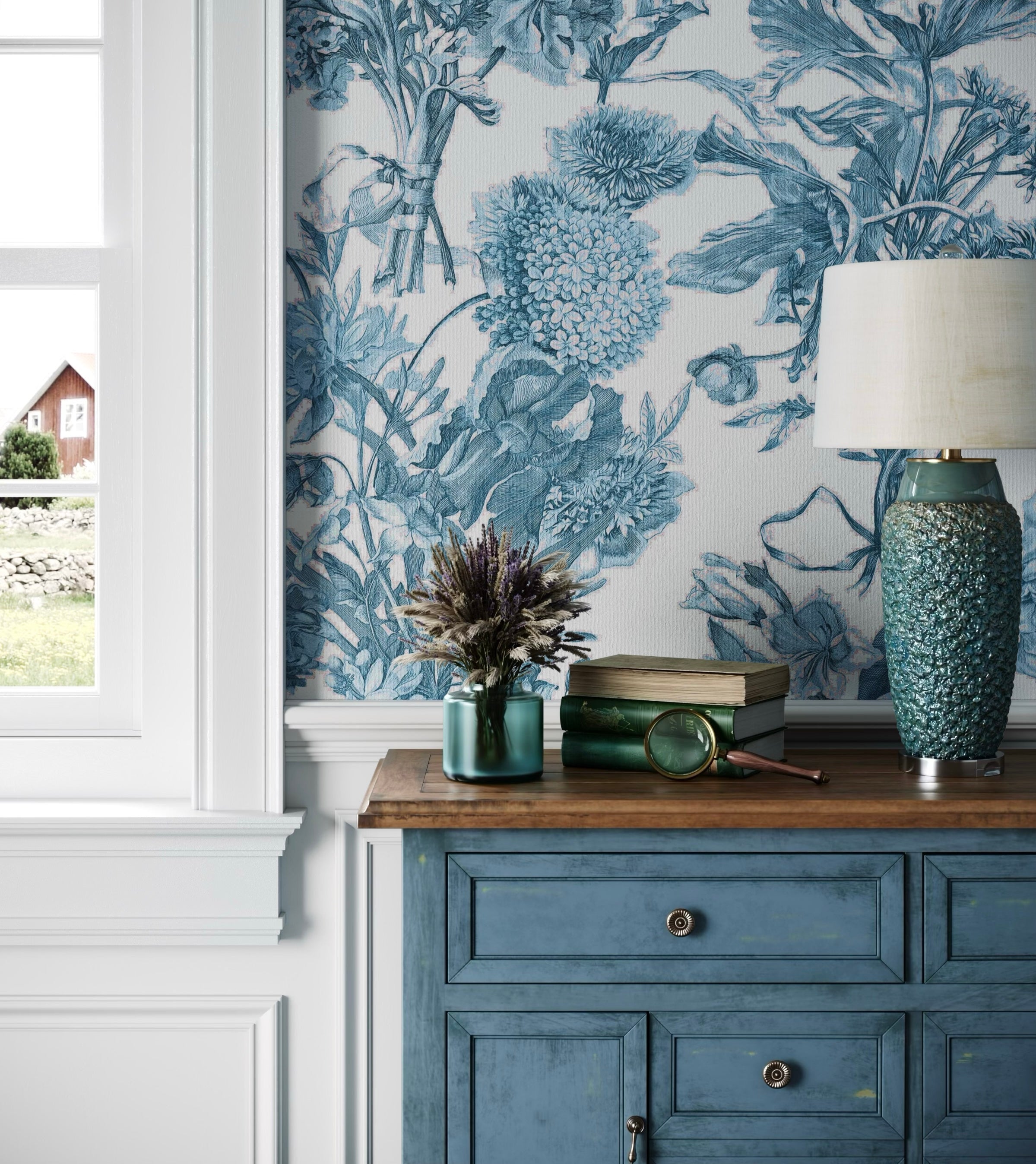Sisuverse Journal | Nest & Nurtured
Investigations into biophilic design, craft traditions, and how natural materials transform homes. Pattern history, architecture, folklore, and objects that shape domestic sanctuary.
-
Read more: The Hearth: Where Fire Made Homes Sacred

The Hearth: Where Fire Made Homes Sacred
Snow arrives silently across the glen, muffling sound until the world contracts to what's immediately present. Inside the stone cottage, peat smoke rises from the central hearth. Its scent sweet and acrid simultaneously, filling lungs with something older than memory.
The fire doesn't roar or crackle like wood fires do. Peat burns slower, cooler, more patient. It glows rather than flames, radiating heat that seems to come from earth itself rather than combustion.
The hearth determined everything: where people sat, how rooms were configured, which walls received smoke staining, where cooking happens, how stories are told. The hearthstone beneath the fire is worn smooth. Depressed slightly in the centre where centuries of fires have heated and cooled the granite, causing microscopic expansions and contractions that gradually reshape even stone.
This is where homes became sacred.
Before central heating, survival in cold climates meant understanding fire's relationship to architecture. Celtic rituals. Scottish peat fires. Scandinavian tile stoves. Alpine masonry. English inglenooks. Irish eternal flames. Basque kitchen hearths. Each culture solved the challenge of warmth through accumulated knowledge spanning centuries.
The hearth gathered households into shared space. Forced proximity that contemporary architecture often avoids. What hearths taught about survival transcends heating—they demonstrated that comfort requires maintenance, that warmth is earned through labour, that resources must be gathered and managed thoughtfully.
Where fire made homes sacred, what makes them sacred now?
Read more





